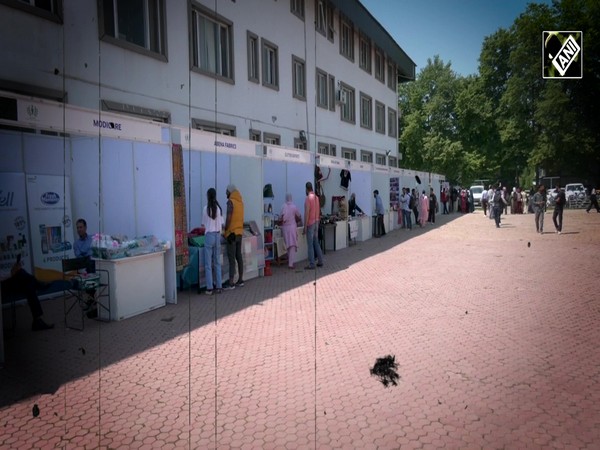China's real estate sector poses 'large risks' to shadow bank lending: Moody's
Sep 28, 2022

Singapore, September 28 : China's property sector still poses "large risks" to shadow bank lending amid ongoing liquidity stress, despite the falling proportion of shadow banking in the industry, Moody's Investors Service said.
Shadow banks are those that are typically outside regulatory oversight.
Although Trusts lending to the property sector has fallen sharply in three years, real estate Trusts accounted for around 80 per cent of defaulted trust schemes over the first seven months of 2022, the global rating agency said in a statement Wednesday.
"Furthermore, contagion risk from small banks remains because they are more exposed to the distressed property sector than large banks and significantly fund non-bank financial institutions," said Lillian Li, Moody's Vice President and Senior Credit Officer.
Lower market confidence in smaller banks (city and rural commercial banks) has widened the spreads of their negotiable certificates of deposit (NCDs) compared with that of midsize banks.
However, the People's Bank of China's measures to improve liquidity conditions have reduced overall issuing rates of NCDs, the rating agency said.
The shadow banking sector is now contracting slower than before the pandemic. The government's measures to shrink and de-risk the sector have cut shadow banking assets by RMB 1.41 trillion in the first half of 2022 to RMB 55.6 trillion.
Still, the regulator, the rating agency said, is expected to remain focused on dismantling the interconnectedness between shadow banking and the highly leveraged property sector, and shadow banking.
"However, we now expect the size of the shadow banking sector to stabilize or even expand slightly as the government pivots to supporting economic growth. Over the next few months, credit growth is likely to rise moderately from weak levels because of monetary policy easing," Lillian Li added.
In conclusion, the rating said, credit demand currently remains weak amid increased economic uncertainty, and further monetary easing may not significantly increase credit flows. Despite multiple cuts in policy rates and banks' reserve requirement ratio, overall credit flows such as formal bank loans and direct financing have yet to show any increase in 2022.




















